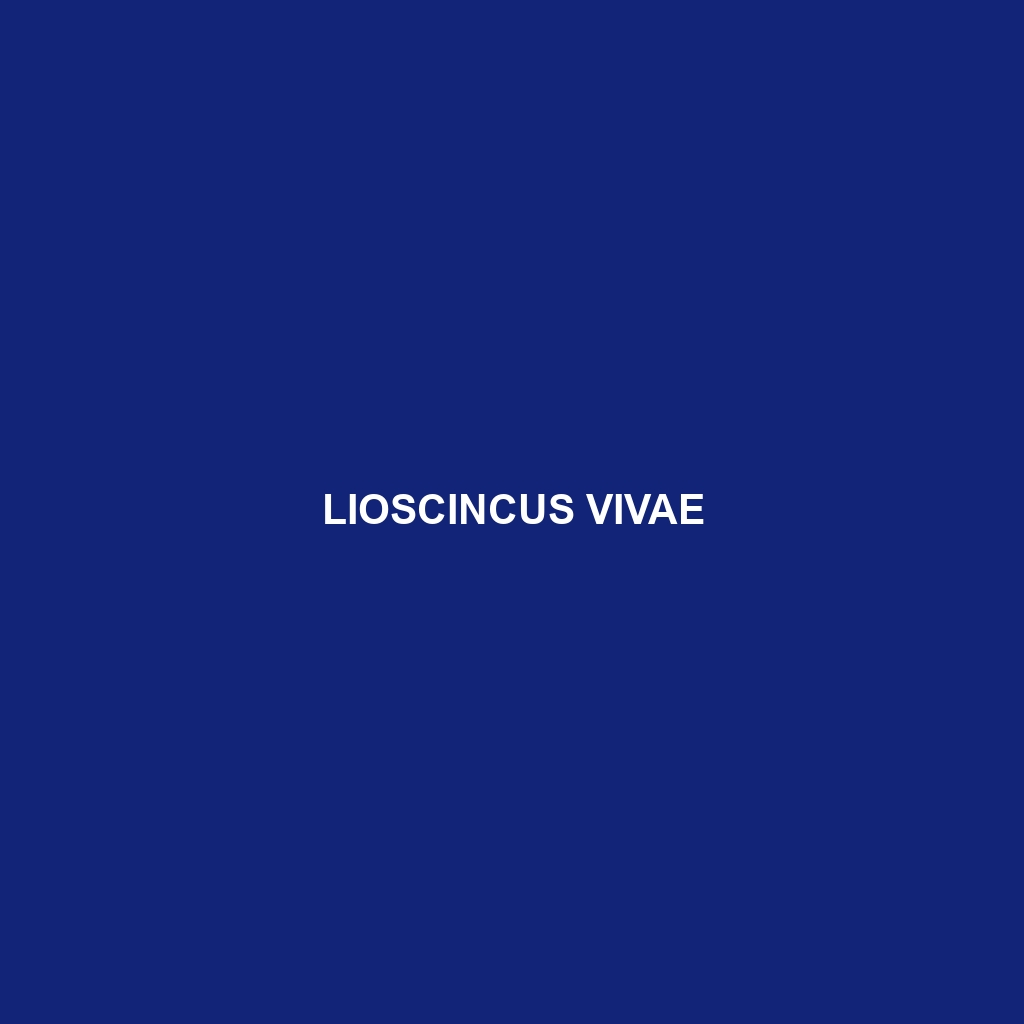Discover the unique <b>Phrynocephalus horvathi</b>, a robust lizard native to the rocky deserts of Central Asia, characterized by its sandy beige coloration, spiny back, and insectivorous diet. Thriving in extreme temperatures and exhibiting fascinating behaviors like camouflage and playing dead, this species plays a vital role in its ecosystem.
Tag: unique lizard facts.
Phrynocephalus forsythii
Forsyth's Lizard (<i>Phrynocephalus forsythii</i>) is a robust insectivore native to the arid regions of central and western Asia, known for its excellent camouflage and ability to thrive in rocky and sandy habitats. This diurnal species displays intriguing social behaviors and plays a crucial role in maintaining the ecological balance as both a predator and prey.
Phelsuma borbonica
Discover the vibrant Phelsuma borbonica, or Madagascar Day Gecko, known for its striking green coloration and adaptability to various habitats, including rainforests and coastal regions. These diurnal lizards are insectivorous, exhibit unique social behaviors, and play a crucial role in their ecosystems by controlling pest populations and aiding in plant dispersal.
Pedioplanis serodioi
Discover the fascinating <b>Pedioplanis serodioi</b>, a medium-sized lizard native to the arid grasslands and savannas of Southern Africa, characterized by its striking coloration, diurnal behavior, and unique burrowing habits. This insectivorous species plays a vital role in its ecosystem by controlling insect populations and serving as prey for larger animals.
Pedioplanis lineoocellata
Discover the Pedioplanis lineoocellata, or striped sand lizard, a slender, agile reptile native to southern Africa's arid regions, known for its distinctive beige and brown striped coloration, rapid burrowing abilities, and insectivorous diet. This fascinating species plays a vital role in its ecosystem by controlling insect populations and serving as prey for various predators.
Mochlus vinciguerrae
<p><b>Mochlus vinciguerrae</b> is a striking lizard found in the rainforests and savannas of Central and East Africa, known for its slender body, vibrant coloration, and nocturnal insectivorous diet. With unique adaptations for climbing and camouflage, this species plays a vital role in its ecosystem by regulating insect populations and contributing to plant diversity.</p>
Mesalina rubropunctata
<b>Mesalina rubropunctata</b>, commonly known as the Red-spotted Sand Lizard, is a medium-sized, insectivorous lizard native to arid regions of North Africa and the Middle East, characterized by its vibrant red or orange spots and burrowing abilities that aid in thermoregulation. This resilient species plays a crucial role in its ecosystem by controlling insect populations and serving as a food source for larger predators.
Mesalina adrarensis
Discover the Mesalina adrarensis, a medium-sized lizard native to the arid regions of North Africa, known for its remarkable camouflage and agile movements. This insectivorous species thrives in extreme desert conditions, playing a vital role in regulating insect populations and serving as a key component of the ecosystem.
Lioscincus vivae
Discover the captivating Lioscincus vivae, a vibrant lizard found in tropical rainforests and temperate forests, known for its unique ability to change color, nocturnal behavior, and vital role in controlling insect populations. This vulnerable species thrives in moist habitats, showcasing distinctive physical features that aid in camouflage and swift movement through dense vegetation.
Liolaemus pseudolemniscatus
<p><b>Liolaemus pseudolemniscatus</b> is a slender, vibrant lizard found in the temperate forests and shrublands of Chile and Argentina, known for its striking coloration and unique behaviors. This insectivorous species thrives in diverse habitats, playing a crucial role in maintaining ecological balance as both predator and prey.</p>









